
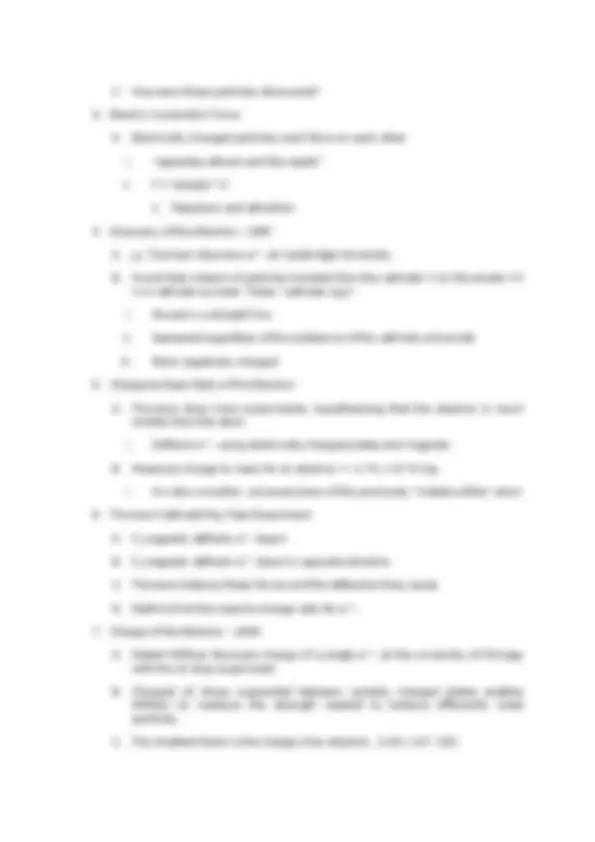
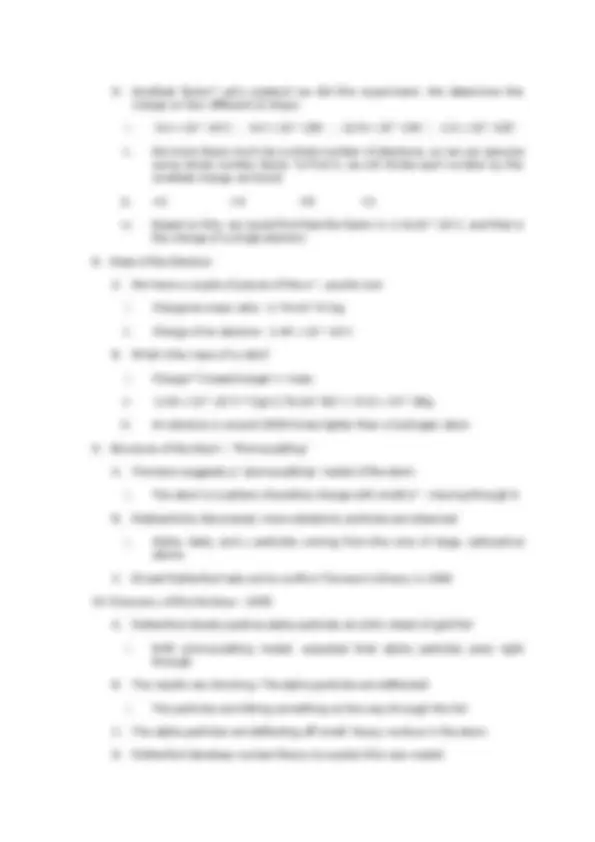
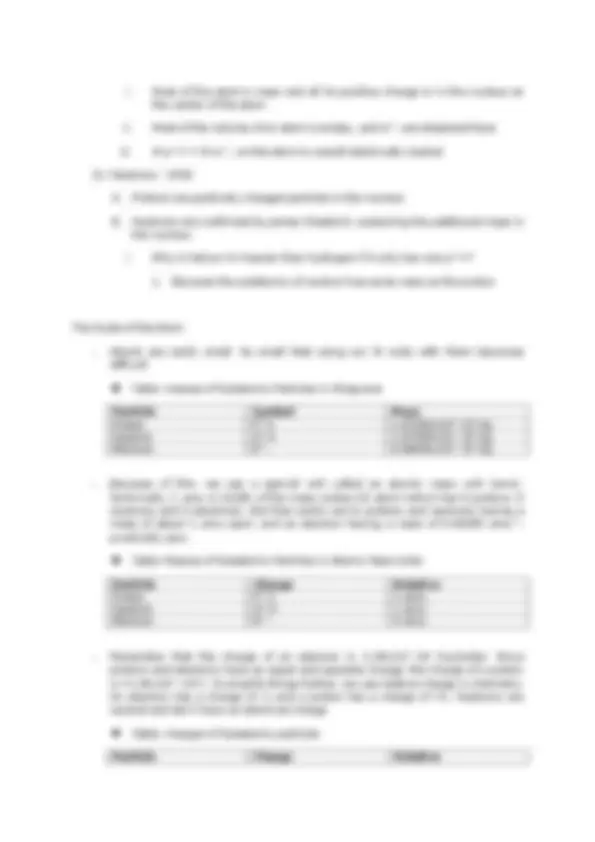
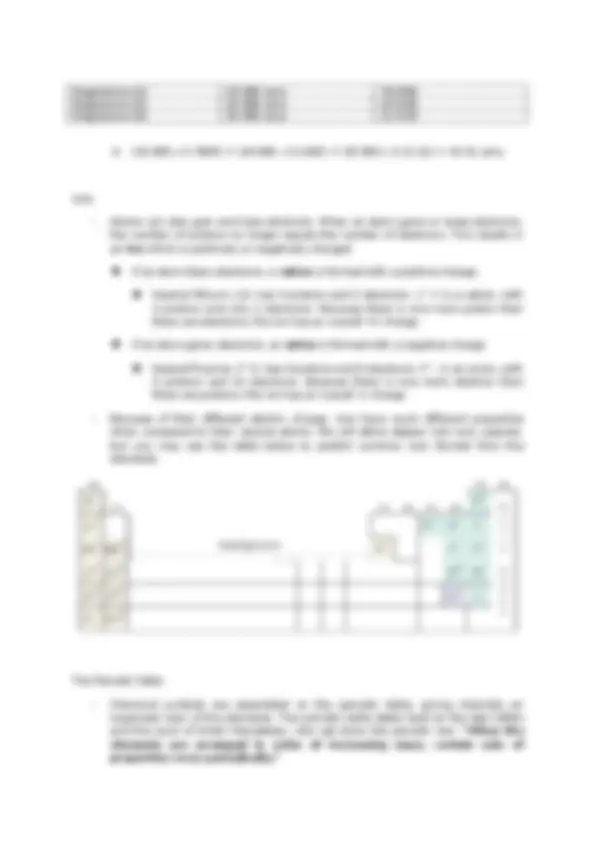
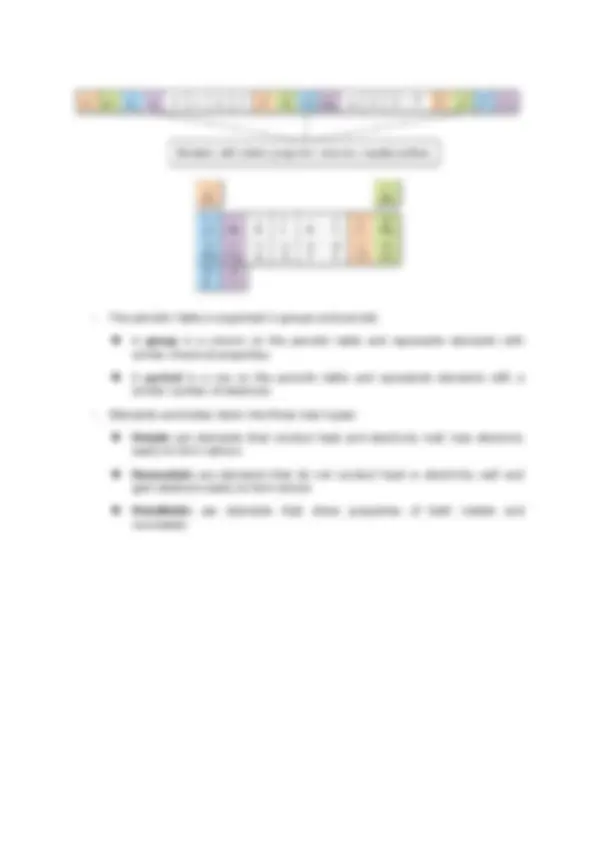
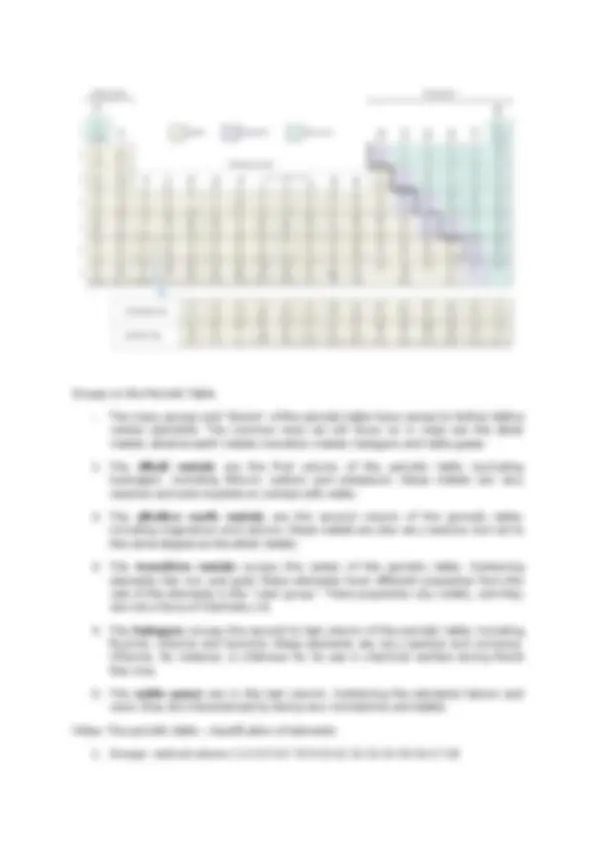


Study with the several resources on Docsity

Earn points by helping other students or get them with a premium plan


Prepare for your exams
Study with the several resources on Docsity

Earn points to download
Earn points by helping other students or get them with a premium plan
Community
Ask the community for help and clear up your study doubts
Discover the best universities in your country according to Docsity users
Free resources
Download our free guides on studying techniques, anxiety management strategies, and thesis advice from Docsity tutors
Sociology Chapter 2 Study Guide
Typology: Study Guides, Projects, Research
1 / 11

This page cannot be seen from the preview
Don't miss anything!







Chapter 2 – Scientific Laws in Chemistry As chemists, we need a practical way to count atoms and molecules because chemical processes happen between these particles. Because these particles are so small, however, we cannot simply count in dozens or other small numbers. In order to simplify counting and calculations with atoms, we work with moles. The videos of Chapter 2 will help you learn to determine atomic mass and use atomic mass to convert number of atoms to moles to mass and vice versa. These skills are essential to understanding the stoichiometry of chemical reactions.
elements.” A. The mass ratio of oxygen to hydrogen will always be the same no matter where the water come from. B. Mass ratio in a sample of water: 16.0 g O/2.0 g H = 8.0 or 8:
D. Smallest factor? Let’s pretend we did this experiment. We determine the charge on four different oil drops: i. -3.2 x 10^-19 C ; -6.4 x 10^-19C ; -12.8 x 10^-19C ; -1.6 x 10^-19C ii. We know there much be a whole number of electrons, so we can assume some whole number factor. To find it, we will divide each number by the smallest charge we found: iii. =2 =4 =8 = iv. Based on this, we would find that the factor is -1.6x10^-19 C, and that is the charge of a single electron
i. Most of the atom’s mass and all its positive charge is in the nucleus at the center of the atom ii. Most of the volume of an atom is empty, and e^- are dispersed here iii. # p^+ = # e^-, so the atom is overall electrically neutral
44+56 = 100; chemical symbol: Ru^4+
Magnesium-24 23.985 amu 78.99% Magnesium-25 24.986 amu 10.00% Magnesium-26 25.983 amu 11.01% A. (23.985 x 0.7899) + (24.986 x 0.1000) + (25.983 x 0.11.01) = 24.31 amu Ions
Groups on the Periodic Table